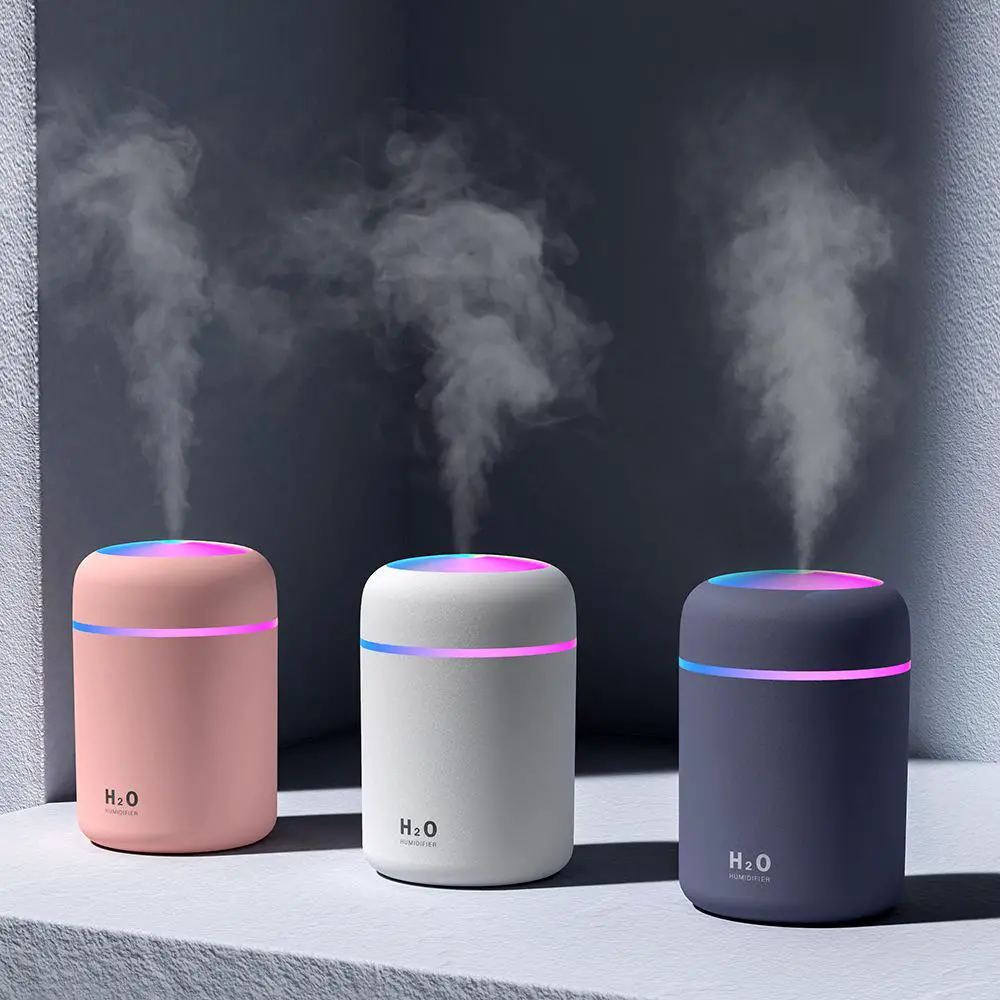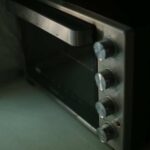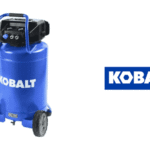Humidifiers are incredibly useful in the winter of the United States. They can make the inside of your home more comfortable, especially if you have a forced-air heating system. The trade-off is that they have to be cleaned regularly, and some models require you to rinse and refill them. This article will look at what turns the humidifier water black and what to do about it.
Table of Contents
Why does my humidifier water turn black? Common Reasons
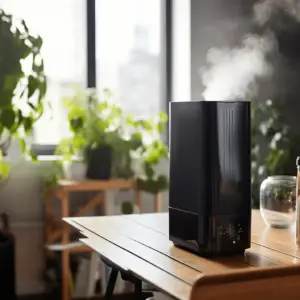
If you’ve noticed that your humidifier water has turned black and is not evaporating properly, there are a few reasons why this might have happened.
The first thing you need to confirm is whether your humidifier is old. If that’s the case, the filter is likely clogged up by years of mineral deposits from hard water. Try cleaning it with distilled water for a whole week and see if that solves the problem.
What happens when you see black deposits coming from your humidifier water?
Minerals such as calcium can build up in your humidifier’s filter and eventually cause the water to look blackish. This problem has to be addressed before it worsens and contaminates the water. The deposits can be cleaned with vinegar and then flushed out with distilled water until all the residue is cleared.
Does the problem still occur when you use rainwater for your humidifier?
Many people try to use rainwater exclusively because they think it will solve the black water problem. However, rainwater is also rich in minerals and heavy metals like copper. These can oxidize if left unchecked inside a unit without an activated carbon filter. So ultimately, rainwater is a good alternative for tap water, but it will end up leaving some stains of its own.
How to prevent your humidifier’s water from turning black
You can do a few things to prevent black mold from forming in your humidifier.
One solution would be to use an evaporative cooler instead since they have better-quality filters that don’t allow any minerals through. You may also use distilled water instead of tap water as it has fewer minerals.
Cleaning with vinegar water
If you find that the mold has already built up in your humidifier, use vinegar water to clean it (one part white vinegar, three parts warm distilled water.) You should also rinse it with distilled water before going back to using tap water.
It’s also important to install fans in rooms like bedrooms where people will spend most of the time preventing respiratory infections from the high humidity.
Cleaning with hydrogen peroxide
Another way to clean the clogged filter is to mix four parts water to one part hydrogen peroxide (3percent) and add it to the tank. Let the solution stay in the tank for about half an hour and then empty it. Finally, you can rinse the tank with distilled water.
Does this water make furniture and decor dirty?
Yes. The mineral deposits from hard water in your humidifier promote bacterial growth. When released into the air, they appear as white dust particles on your furniture.
Should I be worried about my quality of air from black humidifier water?
No, this issue doesn’t affect your air quality. However, it’s vital to remove the scale for your humidifier to last longer.
Additional tips on cleaning your humidifier
Here are a few more tips you can use to clean your humidifier more effectively.
l Fill the tank with distilled water and use it for a few weeks before filling it with tap water again.
l Clean the device regularly (at least once in two months) by running vinegar water through it overnight, which washes away any calcium that is building up.
l Always use filtered or distilled water to avoid the build-up in the first place.
l Keep your home’s humidity levels between 30% and 50% to prevent condensation on windows and walls.
l Ensure your mesh filter is always clean to prevent mineral build-up from clogging it.
Where is the best place to have a humidifier?
There are a few things that you should consider when positioning a humidifier in your house. Most of them depend on where you spend a lot of time and what part of the room is the driest.
Who needs the humidifier?
Everything depends on your main objective. For example, do you want to help your baby sleep better, or do you want to get rid of dry skin? Is it necessary to increase the humidity when you already have a lot of plants? Your goal will help you answer these.
The type of humidifier
Every type of humidifier has an ideal position in the house. For example, putting a warm mist humidifier near a bed can be dangerous. Central humidifiers have fewer options for location. Therefore, your positioning will ultimately be guided by the type of humidifier you buy.
The size of the humidifier
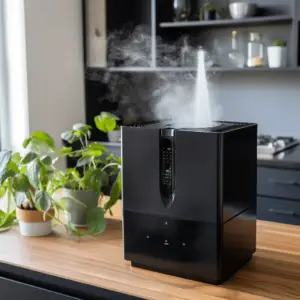
You might be surprised by how important this factor is. Some humidifiers are very small and portable, meaning you can place them wherever you want. On the other hand, some are big and bulky, which requires you to give it some thought before placing them in one location.
Room size
You should be aware of your room’s size. If the room is too big, you might want to place the humidifier closer to where you spend a lot of time.
Decor
If you have decor like paintings on your wall, you need to consider it when placing your humidifier.
Kids
If you have a baby, you need to choose the safest humidifiers for babies. Most experts recommend cool mist humidifiers because they’re generally safer for households with babies.
Warm mist humidifiers boil water to create mist, making them unsafe for households with babies and pets.
Final thoughts
To keep the water reservoir clean, make sure to dispose of your filled water tank once per month and fill it with tap water.
Then, thoroughly wash out the reservoir with some vinegar and rinse it again with tap water after discarding the filled tank. It’s also a good idea to use distilled water every now and again.
This will help prevent any remaining minerals from clogging up the system and make it that much more effective at humidifying your home.
